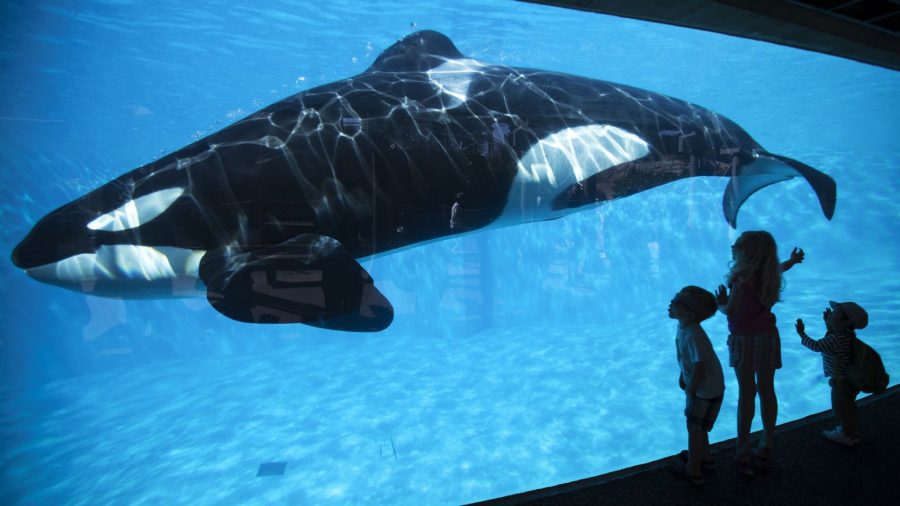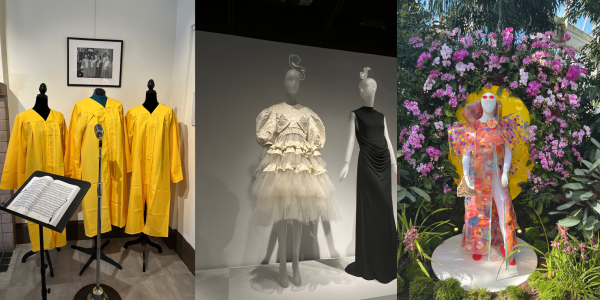Should SeaWorld Be Allowed to Captivate Orcas?
Image from www.qz.com. Used to support an article on www.qz.com on how orcas need a larger habitat to swim in, suggesting the retirement of orcas into the ocean.
May 20, 2016
Ever since the 1960’s, killer whales, also referred to as orcas, have been held captive by SeaWorld in their various parks across the nation. Over the past few years, these marine mammals have been taken away from their families and deprived of their freedom to roam the oceans. Over the years there has been much controversy between SeaWorld and those who oppose orca captivity, especially over the breeding of these mammals which has come to settlement only in the past few months.
It has been discovered over the years of contact with these mammals that they tend to be amazingly friendly to humans, posing no danger to our population. Recent scientific studies have shown that orcas possess the high intelligence that our human species obtains. SeaWorld has taken these sea mammals from their natural habitats for many years now only to be placed in cells, where their space is limited, and later used for our entertainment. The outcome of retrieving these large animals not suited for our environments has led to disastrous results including the requirement for captive orcas to swim in small circles in their cells, contrasting to the hundreds of miles they are adapted to swim in the ocean. The separation from their pods and families has as well been a catalyst for the emotional stress orcas acquire once in captivity. Sea World orcas in captivity undergo boredom, obsessive compulsive behavior, conspiracy deaths, psychosis, compromised health, inbreeding, and the use of psychoactive drugs. Many have discussed about setting these large marine animals back into the ocean, however they are still held captive for SeaWorld’s own commercial profit.
It is apparent that these orcas are unable to adapt to these SeaWorld environments as many accidents have occurred between these large animals and orca trainers. Blackfish, an astonishing movie showing the dark side of SeaWorld captivation of orcas, gets more into depth about the death of Dawn Brancheau who was killed by SeaWorld orca Tilikum. Focusing on problems such as whether these animals are just too big to be held captive and that their emotional stress has caused these animals to attack trainers such as Brancheau, has led to an increase on critics among the uneducated SeaWorld customers. The release of the movie Blackfish has brought the commercial profits of SeaWorld to decrease immensely. Additionally, critics have demanded that SeaWorld put an end to the mistreatment of these whales. SeaWorld recently has put effort to relieving the great anguish critics and those who oppose captivity attain, as SeaWorld has agreed to stop its breeding of captive whales and agreed to increasing the space orcas are limited to. This brings to question, is SeaWorld doing enough to improve the lives of their captive orcas? Or is commercial profit more important than the health of these captive marine mammals?













